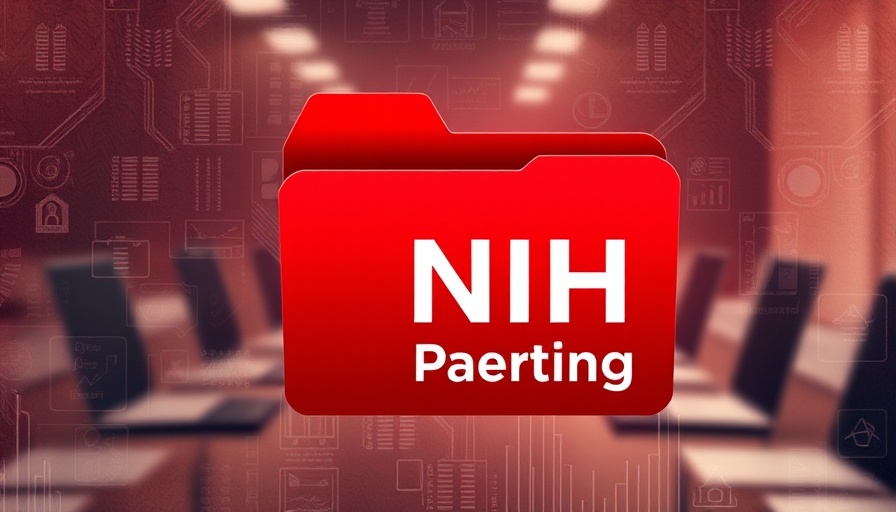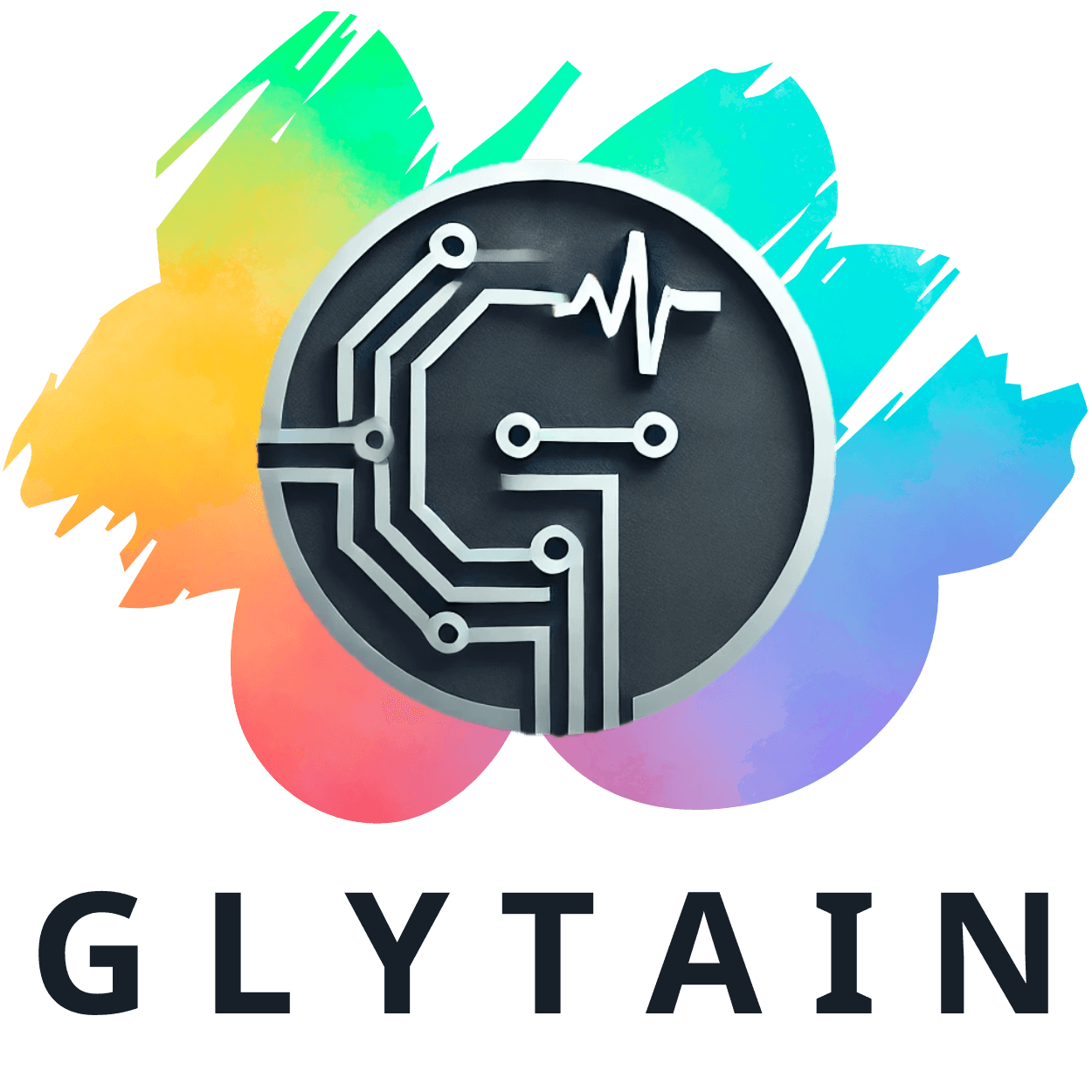
NIH's Patent Pause: What it Means for Medical Innovation
In a surprising move, the National Institutes of Health (NIH) has temporarily paused the patenting of discoveries, effectively stalling their potential use in developing crucial treatments. This decision, spurred by directives from the Trump administration, has ramifications for researchers and healthcare innovation alike.
The Impact on Research and Collaboration
NIH employees received guidance to halt all activities related to new patent applications and licensing. As the NIH typically fosters collaborations with various external partners, this freeze has led to significant disruption. The pause is crucial not only for securing future patents but also for sharing groundbreaking research materials with collaborators—a vital link in the process of turning scientific discoveries into tangible health solutions.
Funding Cuts: A Wider Context
The patenting freeze comes on the heels of other drastic funding measures, including cuts to overhead costs associated with research grants. As highlighted in recent studies, such funding decreases can severely impact the ability of universities and research institutions to pursue innovative projects. The interrelated issue of budget cuts in research funding and their consequences on patenting and intellectual property cannot be overlooked, as these funds often serve as a foundation for groundbreaking innovations, leading to patents that may cure diseases.
Future Predictions: A Complex Road Ahead
The landscape of biomedical research is ever-evolving. Experts predict that if the patenting freeze continues, we may see a slowdown in drug and vaccine development. This could delay potential treatments for critical health issues at a time when such innovations are desperately needed. Moreover, the interconnectedness of NIH funding and private-sector patenting raises concerns about future technological advancements, with findings indicating that more robust NIH support correlates with increased private-sector innovation.
Call to Action: Awareness and Advocacy
As the healthcare community grapples with these challenges, it’s essential for stakeholders to stay informed about the implications of this patenting pause. Efforts should be made to advocate for transparent and supportive funding policies that ensure scientific research isn't just preserved, but allowed to flourish, ultimately leading to medical advancements crucial for public health.
 Add Row
Add Row  Add
Add 




 Add Row
Add Row  Add
Add 

Write A Comment